Palab M1 Mini DAC/AMP – Beats The Chord In Music
Palab M1 mini is a DAC/AMP made by Palab, and it is no secret that it is a mighty good one, with a price tag of 500 USD, MQA decoding abilities, and a Balanced output. The main comparisons included in today’s review will be with really capable competitors, Chord Mojo, iFi xDSD, and FiiO Q5S.
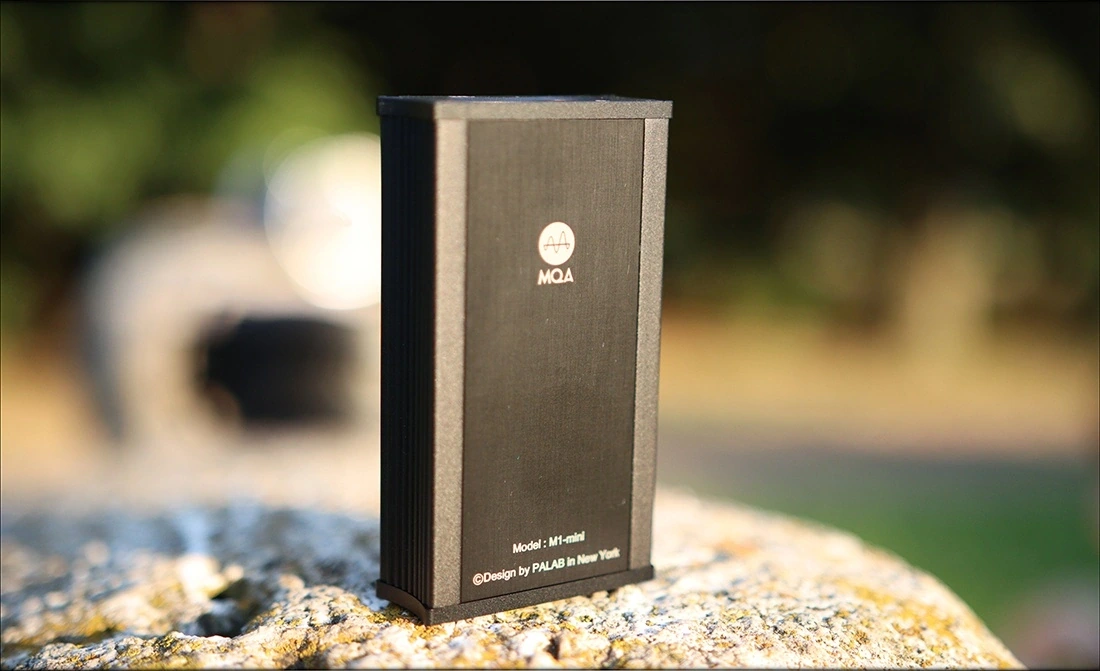
Introduction
Palab is not exactly a new player, but this is the first time In hear about them, and the first time I have the chance to review one of their products, with the M1 Mini being the first of a hopefully long and pleasant journey. After talking with them for a long while, I am willing to say that they will provide excellent warranty for their products, and that they do know their products inside out, better than most competitors. Pablab also doesn’t rely on cheap tricks to make their products sound good, but instead chose to include high-end compotnents for their DAC/AMPs, including balanced pentacomm connectors, MQA decoding, and a separate circuit for power and data (you can use the daca input for power too if you want), for the best, most silent and optimal sonic delivery.
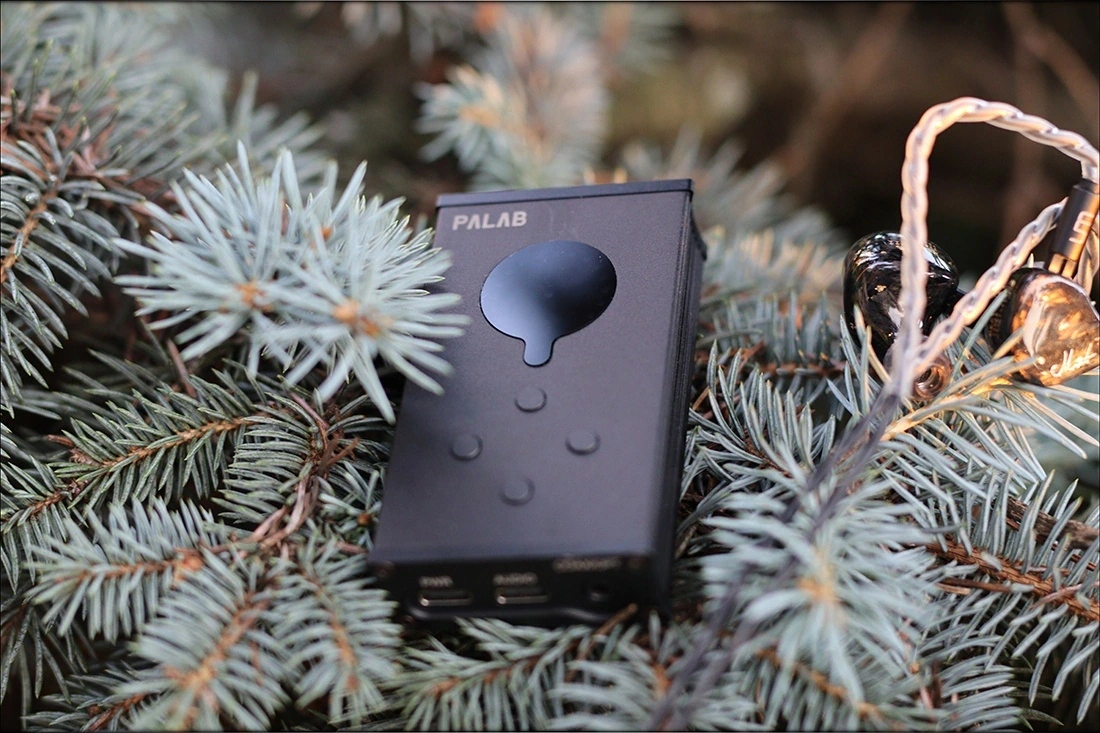
It should be noted that I have absolutely no affiliation with Palab. I’d like to thank Keces for providing the sample for this review. This review reflects my personal experience with Palab M1 Mini. Every opinion expressed is mine and I stand by it. The purpose of this review is to help those interested in Palab M1 Mini find their next music companion.
Product Link
Official Website: http://www.palabaudio.com/products_m1-mini.html
[Once it becomes available on Amazon, those links should work too]
You can grab one from www.amazon.com here: https://amzn.to/2XWU1n9
If you’re in the UK, you can grab one from www.amazon.co.uk here: https://amzn.to/3kMtVMT
And if you’re from Europe, you can grab one from www.amazon.de here: https://amzn.to/3AQ1YsT
Packaging
First things first, let’s get the packaging out of the way:
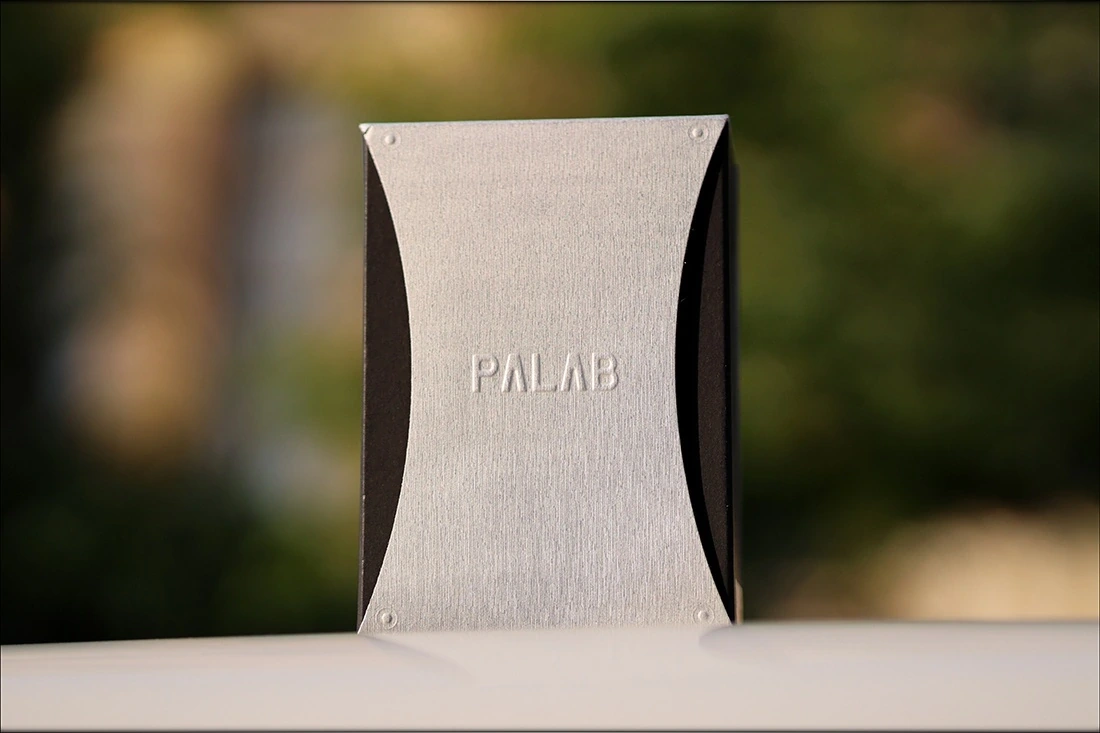
We get a really nice presentation for M1 Mini, and it comes with a few useful extras, like an optical cable, and two data cables, one for type-C and one for Type-A, basically covering both the portable and the desktop usage you’re likely to have with M1 Mini.
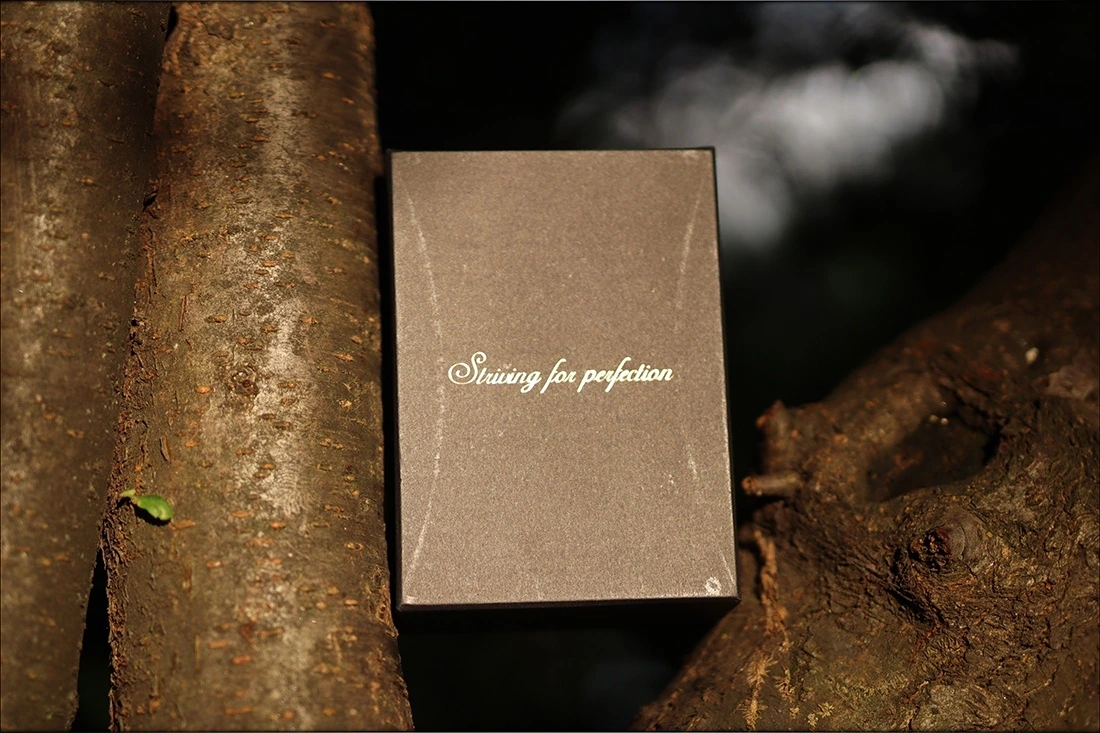
As far as I know iOS is not officially supported, but some users reported that it works with iOS devices with the Apple Lightning adapter, or lightning to Type-C adapters like those made by ddHifi, so you don’t have to worry regardless what you’re using.
Build Quality/Aesthetics/Functionality
It wasn’t even the MQA part that attracted me the most to M1 Mini and to reviewing it, but actually the really nice build quality, paired with the unique volume adjustment method, of having a digital controlled control for the volume, via buttons, something I’ve been looking for a while. I also love the little display that has lights for volume, makes it really easy to discern how loud you’re at, and memorise how loud most things need to be. This is especially useful for IEMs, as there’s a wide range of volumes IEMs work at and I don’t want to burn my ears by leaving the volume too loud.
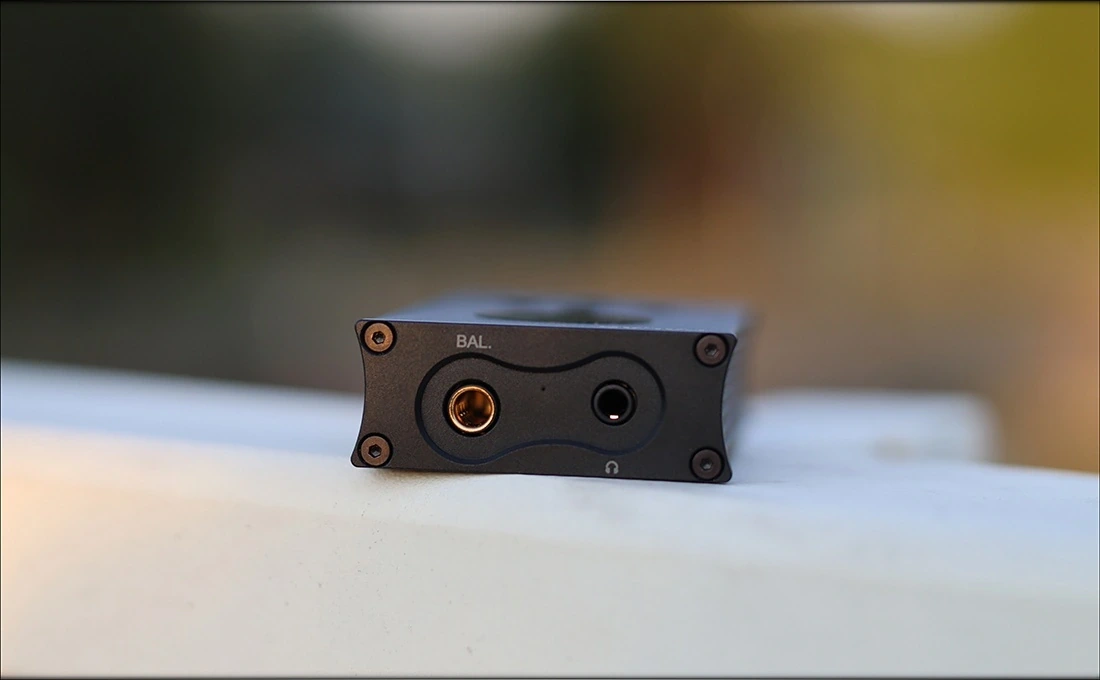
All inputs are at the bottom of the M1 Mini, with two Type-C inputs, one for Power and one for Data/Power, and one for a Coaxial / Optical signal. I personally prefer using just one Type-C cable, the middle one, because it is the most convenient, but then again, somehow Palab managed to offer something fun there. M1 Mini takes in less noise from my noisy computer / portable sources like my smartphone, than units like Mojo that has a battery embedded, or FiiO Q5S which also has a battery embedded. I know the company wanted to offer absolute versatility and all the options for music lovers, but really I am happy that you never need to use a power bank or separate power, and that M1 Mini sounds best even with using only one USB cable for both data and charging.
At the physical level, the only serious drawback of M1 Mini is the glass display which is fairly easy to scratch, as it is not protected in any way. A big plus though, is that you can set the volume in Windows at maximum, and use only the volume on M1 Mini, but it also allows you to set a different volume in windows. Many DAPs and DACs disable windows’s volume, and that can be quite inconvenient if you have to quickly turn the volume down (say for taking a call on Discord). Physically, the M1 Mini is barely warm to the touch while being used, even at high volume.
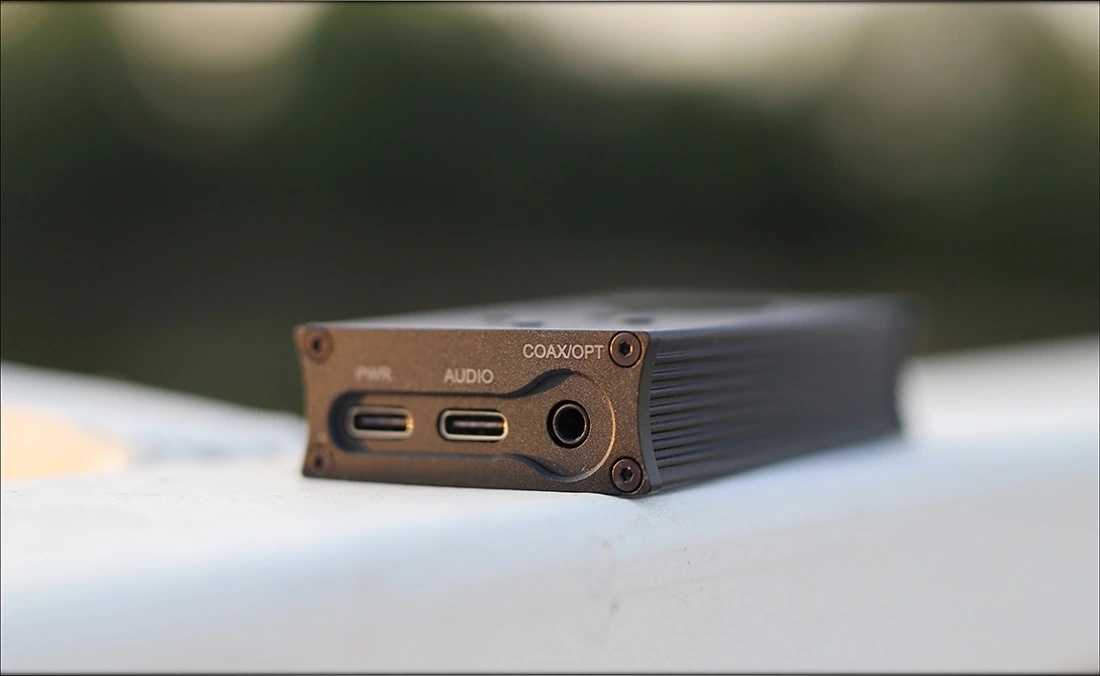
Speaking of charge, this one does not have a battery, and it will happily eat your phone’s battery, so it may be a good idea to take an extra power bank to power it, if you’re planning on driving some hard to drive headphones. It has more than enough power for the Sendy Audio Peacock, HIFIMAN Arya and Audeze LCD-XC, so you know you will never struggle for power with the M1 Mini. This being said, there is the disadvantage of it having a slightly high power draw.
We have a selection of two headphone outputs, one in 4.4mm Balanced and one in 3.5mm Single Ended format. The face of the device has 4 buttons, and two of them are used for selecting the volume, and two to switch through the inputs. I personally think that it looks really cool too, but that’s also subjective. It is physically smaller and more portable than all of the competitors, but it is also thicker than most of the competition. MQA support is a delight, and it is usable with Tidal on both Android and Windows. It works without any additional drivers on either Windows or Android, and you never get a headache for setting it up, basically being a pleasure to work with and use.
Sound Quality
It would be unfair to review the M1 Mini without having spent quite a bit of time with it, so my review has been delayed a bit for me to take proper impressions of it. For today’s review, I have been using Sendy Audio Peacock, along with Audeze Euclid, HIFIMAN Arya, Unique Melody MEST MK2, and Metalure Wave, to get a good idea of how well Palab M1 Mini performs in a multitude of scenarios, paired with a multitude of headphones and IEMs.
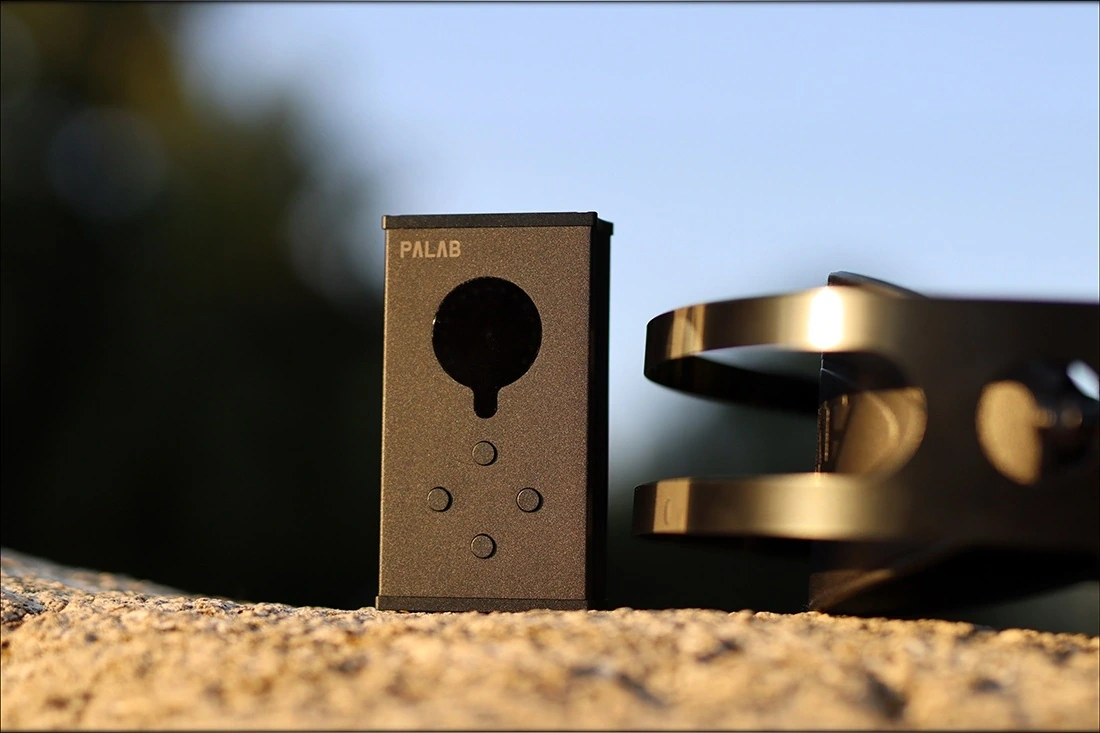
I would generally describe the signature as smooth, full, punchy and colorful. The detail is superb, along with the soundstage which is both wide and deep, surprisingly well rounded. We’re also looking at a very mature and refined treble, with zero exaggeration of any frequency, but really good delivery of fine detail. Even for hard to drive headphones, it can offer a more realistic, deeper and ground-shaking impact than expensive desktop amplifiers, so we have a bad boy on our hands. I would also describe the overall signature as controlled, powerful, and realistic in terms of presentation.
The M1 Mini has a really deep, full and rounded bass. It is also really fluid, wet in character, but has a natural impact and presentation. This basically means that we’re presented with the kind of musicality that a device like Mojo has, but with more impact, and with less coloration over the midrange. The key word here is fluid rather than warm. The bass is also above what most neutral DAC/AMPs deliver, so the M1 Mini is enjoyable both with warmer and with more neutral sounding headphones / IEMs. It is also fairly stable, and the signature does not change much with impedance, being the same sourcer with both IEMs and headphones, planars and dynamics, Ba or dynamics.
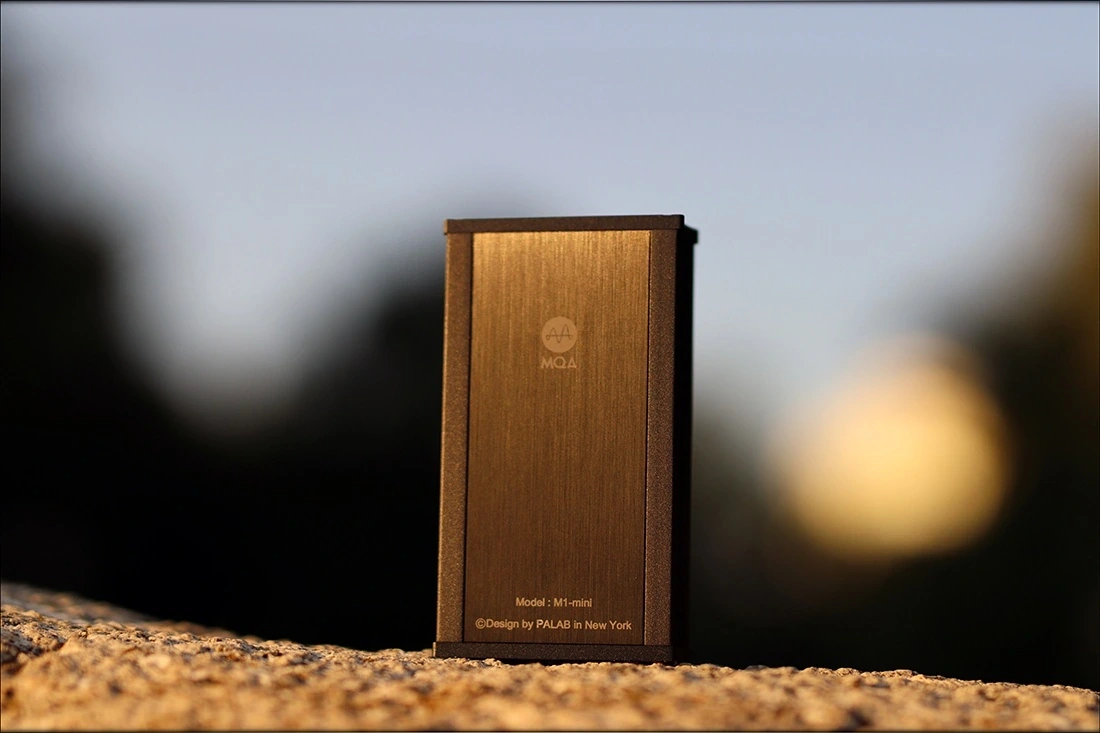
The midrange is clearly the highlight of M1 Mini’s signature, with excellent presentation of dynamics, details and textures. In fact, there’s a unique musicality to the sound of M1 Mini, a specific fluidity and effortlessness to every single musical note played. Voices are presented slightly forward, while musical instruments create a wide and deep soundstage all around, giving a studio and live perspective of music. Every single music note flows into the next effortlessly, M1 Mini paints things colorful, but shockingly, without having any coloration. It makes competitors sound either grainy or colored and lacking in depth.
We’re looking at a mature and smooth midrange with zero fatigue and zero grain, fluid and wet in character with a really good kick for details. While the M1 Mini is not overly bright and is smoother in character, it is not rolled off, and has excellent extension in the treble. From my pairing experience with it, it pairs equally well with really bright IEMs like Final Audio A8000, and really warm and full sounding IEMs like Wave from Metalure. The same rings true for headphones, and Arya is driven equally well compared to Audeze LCD-XC and Soundmagic HP1000. All in all, M1 Mini is versatile, fun and pairs well with pretty much everything you could throw its way.
Comparisons
Given that M1 Mini is a bit more expensive than most of the portable DAC/AMPs I reviewed over the past years, it should sound better than all competition, for this review to make sense. I simply don’t have much else to compare it to, since most desktop DAC/AMPs have the size / weight advantage, while portables tend to be less expensive than M1 Mini. So I went with Chord Mojo, iFi xDSD, and FiiO Q5S, pretty much the big 3 of portable DAC/AMPs in the world today.
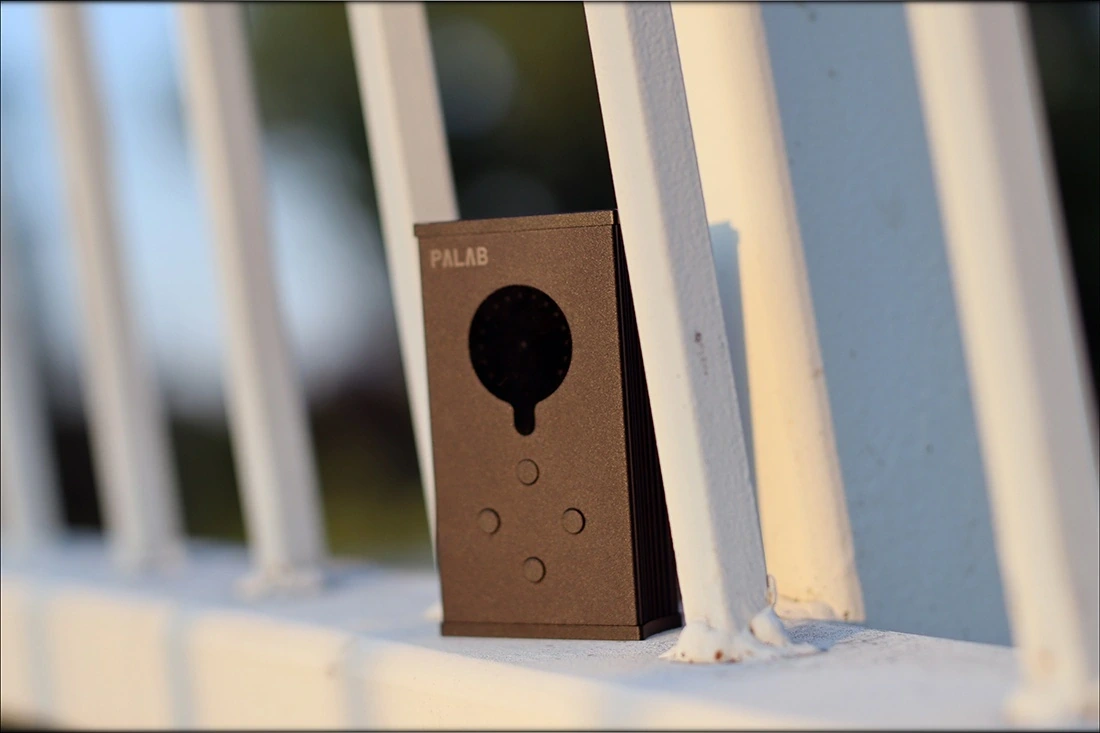
Palab M1 Mini vs Chord Mojo (500 USD vs 500 USD) – This one ain’t even fair with Mojo having quite antiquated technology inside. It is sad but true, and even when I reviewed it, Mojo was old school for still having a microUSB connector, it is time for Cord to release a Mojo 2 with TypeC connectors. This being said, Mojo is still one of the most potent DAC/AMPs out there, with excellent power delivery, great dynamics, and a unique, smooth, liquid sound that has everyone dying for it. In fact, it is so good that people have been using it for desktop systems, as their main DAC, sometimes even to the detriment of Chord’s Hugo and more expensive DAC/AMPs. Pablab M1 Mini is actually even better than Mojo when it comes to its portability, and if you had a Mojo before, you probably know that the battery inside is a bit of a danger, and that the company made it complicated and a bit expensive to replace that battery, Mojo being unable to work without one. M1 Mini draws more power from your phone for sure, but it is more convenient, physically smaller, thinner, has a Balanced output, and a more intuitive way to set the volume, and type-c connectors. Even MQA supported from the start, although Chord has been working to add MQA to most of their DACs too. In terms of sonics, M1 Mini has a slightly more forward sound, with more bass, is more natural than Mojo which can feel a bit textureless at times, compared to M1 Mini that has textures, but also captures that magical musicality that Mojo has. For my ears, and with the equipment I tested both with, M1 Mini sounds more like an upgraded Mojo, and it does sound like its signature was inspired, even if partially from Mojo, building and upgrading on what made me love the Mojo in the first place, back when I reviewed it.
Palab M1 Mini vs FiiO Q5s (500 USD vs 350 USD) – We had many great years with Q5S, but FiiO never made the Q5S TC fully available, and pretty much decided that they don’t want to sell their devices in large numbers anymore, making limited runs of every single one of their products, and relying on panic among fans to purchase their products. Of course, it would be all well if they performed well, but the new Q5S TC is more expensive than the original Q5S that I reviewed. At any rate, comparing Q5s to M1 Mini, M1 Mini has better sonics all around, with better driving power, more detail and micro detail, more nuance, and better overall dynamics, along with better driving power. Generally, I liked the build and design of Q5S a bit more, for being thinner and taller, easier to stack with a phone, but the quality increase in the sonics of M1 Mini makes me go for it far more often nowadays, and although Q5S has bluetooth I have not used it even once.
Palab M1 Mini vs iFi xDSD (500 USD vs 400 USD) – It may seem unfair to compare a more expensive DAC/AMP with a less pricey one, and it is a bit. But xDSD was really well received by everyone, and besides the terrible finish that peeled off for most customers, even on my unit, xDSD survived quite well to years of usage now. The thing here is that the M1 Mini is a bit thicker physically, but also smaller, less wide and less long. It also has a true balanced output, and in the popular 4.4mm format, compared to xDSD which has a single 3.5mm output that acts as balanced too, via their S-Balanced technology. In practice, the sound of M1 Mini is smoother, less forward, more detailed, more dynamic, more punchy, has more driving power, and is generally more silent with IEMS too. It comes as a surprise, but Pablab somehow managed to filter noise on M1 Mini a bit better than ifi, and using both with the same computer, same cable, there’s less background noise happening in M1 Mini. Overall, unless you need bluetooth, which is an iFi thing, I recommend the M1 Mini more for sonic performance as well as build quality and design.
Value and Conclusion
We can come to a general consensus that although M1 Mini is more pricey than the similarly sized and designed competition, it is still a great value, due to its unique sound, and ability to not need a battery, so innate design to not die together with its battery. More successful DIY’ers may be able to replace a battery inside a Mojo or a Q5S, but at the end of the day, that’s a lot of extra hassle, where M1 Mini simply sounds good and won’t die for years to come, battery or other components. The company is also pretty much future-proofed by including a Type-C connector, unlike Mojo, or Q5S, and by having a 4.4mm Balanced connector.
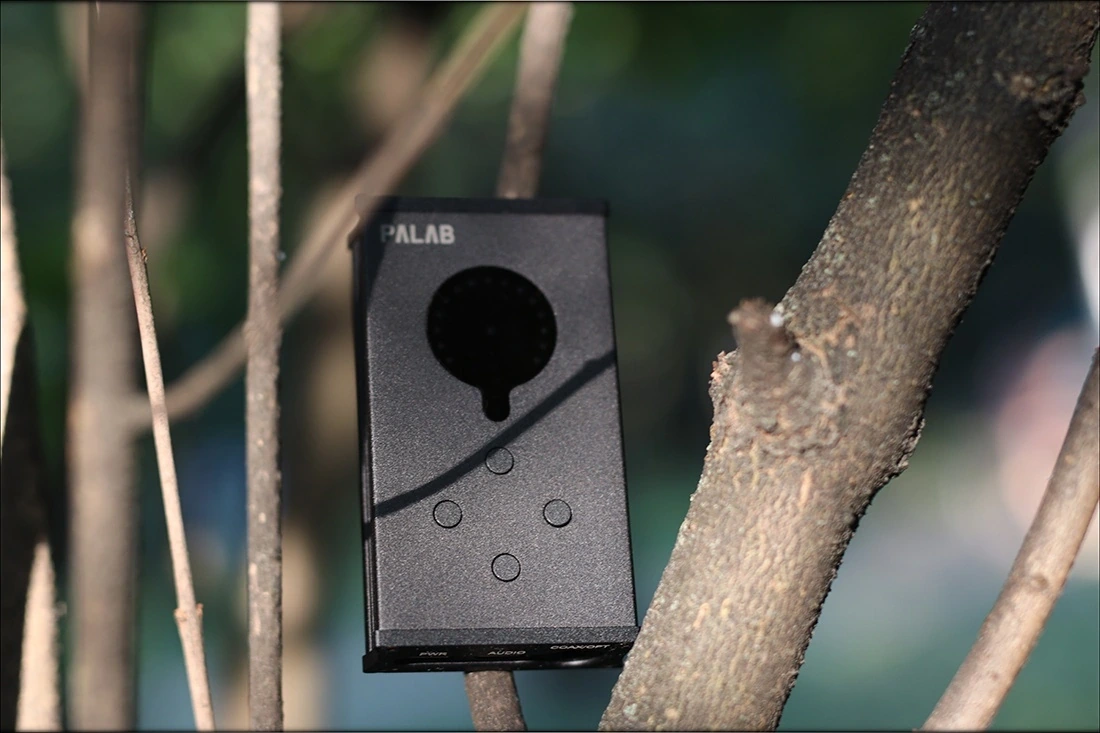
The package of M1 Mini is not quite as versatile as I would’ve liked, as it doesn’t have a way to stack it comfortable with a smartphone or a mini DAP like HIDIZS AP 80 PRO, but some double sided velcro and such costs less than 1 USD in most hardware shops, plus you get the chance to shop for some cheap furniture like I did recently, so that ain’t a big disadvantage.
In fact, having the versatile Type-Connector, and an Optical / Coax input means that M1 Mini will be compatible with pretty much everything, having MQA means more future proofing your purchase, and having 4.4mm Balanced output means that you will never grow bored of it. Speaking of which, the sonics are really dynamic, yet smooth, something magical in its own right, and M1 Mini actually has a fine blend of both punchiness and a colorful presentation, making it one of the most attractive DAC/AMPs I reviewed.
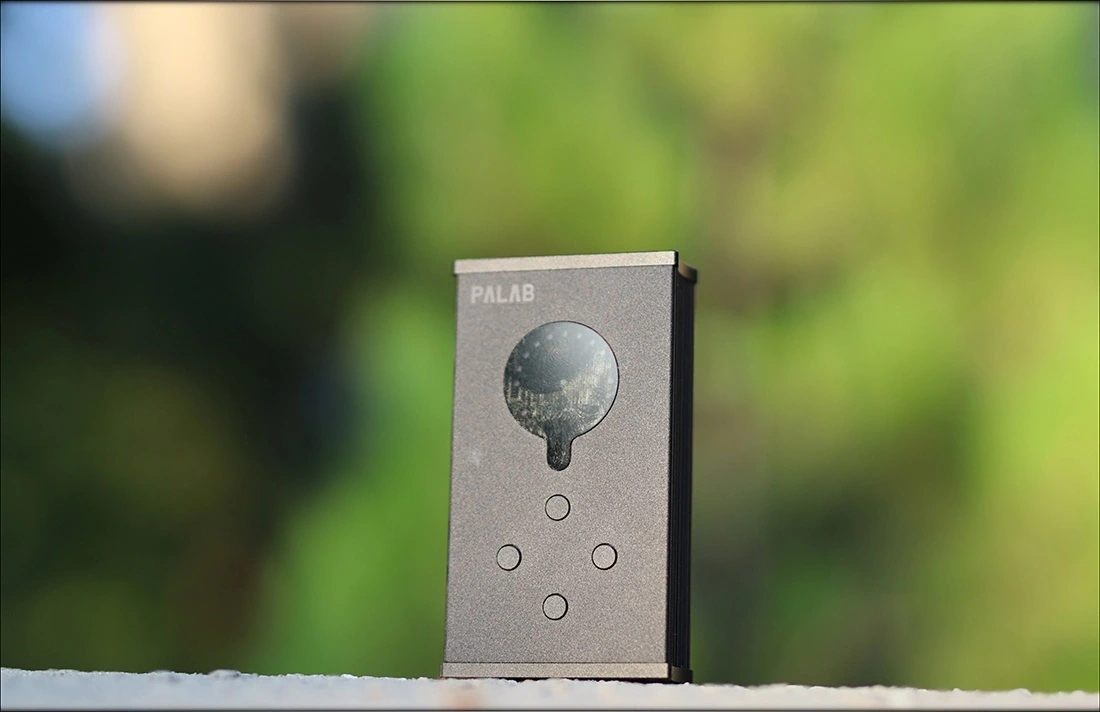
It is so good that I will be adding it to Audiophile-Heaven’s Hall Of Fame, as it earned its respect and a place to stay with us for years to come.
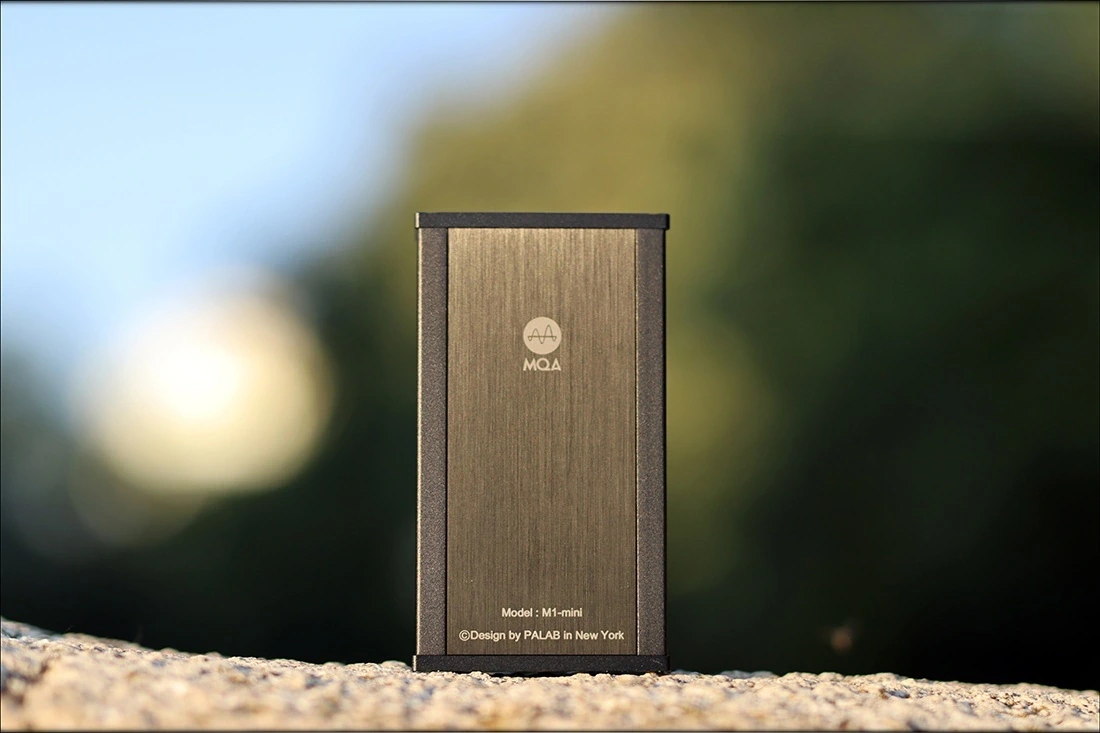
At the end of the day, if you’re looking for a really versatile DAC/AMP with MQA, Optical / Coaxial Input, Type-C USB Input, 4.4mm Balanced output, and the ability to drive most planars, most dynamics, and even IEMs with zero noise, then Palab M1 Mini is a perfect choice and should bring tons of fun for years to come.
Product Link
Official Website: http://www.palabaudio.com/products_m1-mini.html
[Once it becomes available on Amazon, those links should work too]
You can grab one from www.amazon.com here: https://amzn.to/2XWU1n9
If you’re in the UK, you can grab one from www.amazon.co.uk here: https://amzn.to/3kMtVMT
And if you’re from Europe, you can grab one from www.amazon.de here: https://amzn.to/3AQ1YsT
--- Please remember to stay safe, and always have fun while listening to music!---
- If you have a dime to spare, please donate, and help us! It would make the day brighter for me and my wife-
Full Playlist used for this review
We listened to more songs than those named in this playlist, but those are excellent for identifying a sonic signature. I recommend trying most of the songs from this playlist, especially if you’re searching for new music! The playlists are different for Spotify, Tidal and Youtube, and based on the songs I enjoy and are available on each!
https://www.youtube.com/playlist?list=PL_cjBXGmwSHSdGcwuc_bKbBDGHL4QvYBu
https://open.spotify.com/playlist/5J3oloz8Riy9LxEGenOjQ0?si=979ba4f082414be7
https://tidal.com/browse/playlist/330fd544-8e5b-4839-bd35-676b2edbb3d5
--- Contact Us ---






[…] want a remote control, and a Power Supply with it. Given its price point, it will be compared to Palab M1 Mini DAC/AMP (500 USD), Pro-Ject DAC BOX DS (430 USD), and iFi xDSD DAC/AMP (400 […]